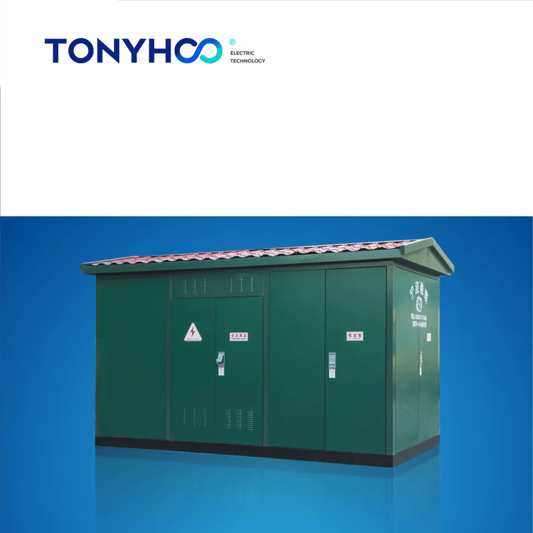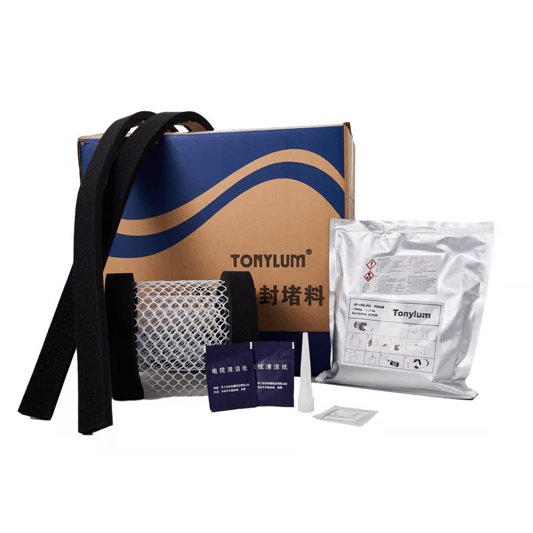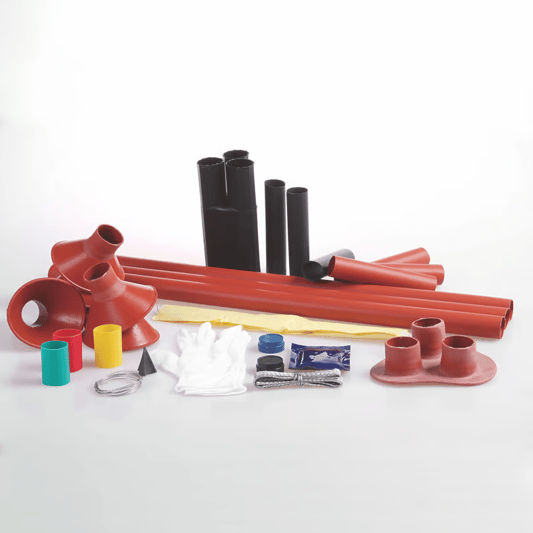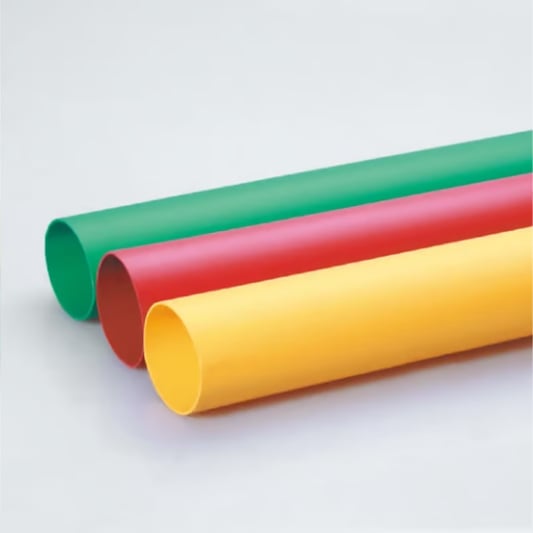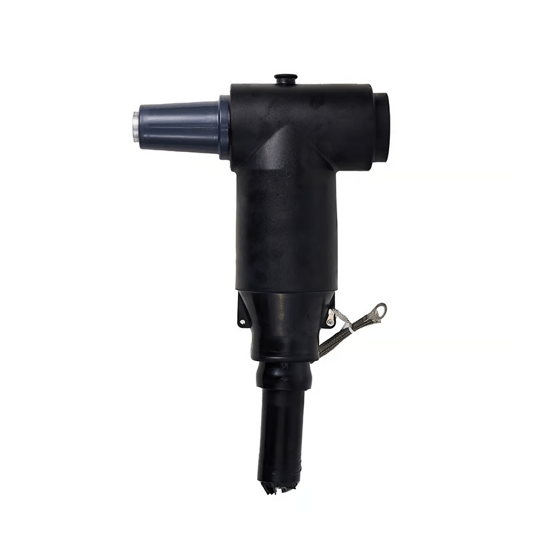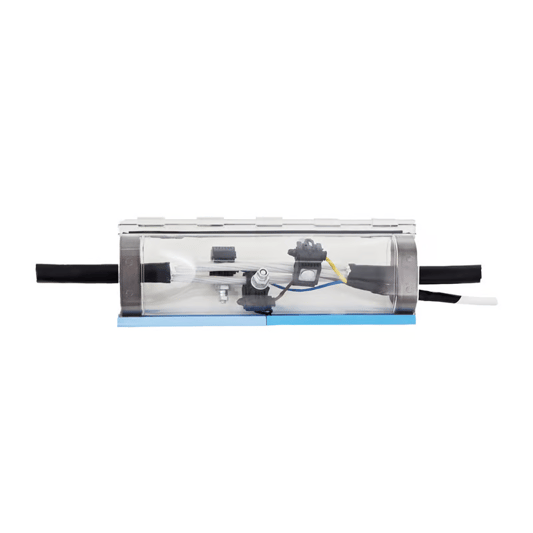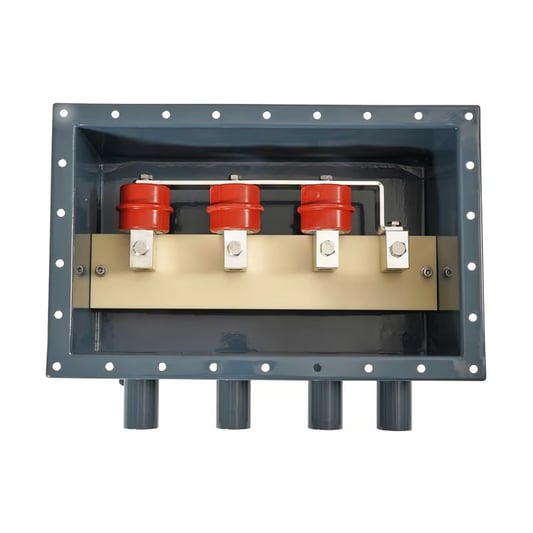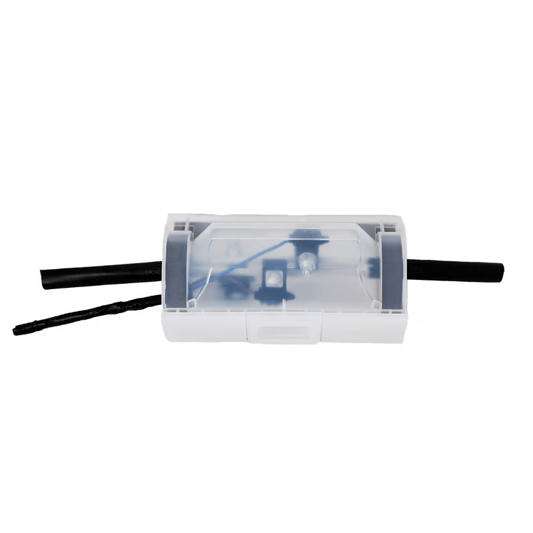Cost-Effective SolutionPre-assembled box-type substations are a cost-effective solution for businesses looking to expand or upgrade their electrical infrastructure. These units are prefabricated off-site, reducing the need for on-site construction and labor costs.Compact DesignOne of the key advantages of pre-assembled box-type substations is their compact design. These substations are designed to fit into tight spaces, making them ideal for urban areas where space is limited.Rapid DeploymentPre-assembled box-type substations can be deployed quickly, allowing businesses to meet their energy needs in a timely manner. This rapid deployment can help minimize downtime and ensure seamless operations.Customizable OptionsBusinesses can customize pre-assembled box-type substations to meet their specific requirements. Whether it's voltage ratings, transformer configurations, or cable entries, these units can be tailored to suit individual needs.Reliable PerformanceThese substations are designed to deliver reliable performance, ensuring uninterrupted power supply to critical equipment and machinery. They are built to withstand harsh environmental conditions and provide long-term durability.Easy InstallationInstalling a pre-assembled box-type substation is a straightforward process, requiring minimal on-site work. This means businesses can save time and resources on installation, allowing for a hassle-free setup.Low MaintenanceOnce installed, pre-assembled box-type substations require minimal maintenance. This low maintenance requirement helps businesses reduce operational costs and ensures continuous operation without disruptions.Enhanced Safety FeaturesThese substations come equipped with advanced safety features to protect against electrical hazards. From high-quality insulation to protective enclosures, safety is a top priority in pre-assembled box-type substations.Scalable SolutionAs businesses grow and expand, pre-assembled box-type substations can easily scale to accommodate increased power demands. This scalability makes them a versatile solution for long-term energy planning.Environmental BenefitsPre-assembled box-type substations are designed with energy efficiency in mind, helping to reduce carbon footprint and environmental impact. By choosing a sustainable energy solution, businesses can contribute to a greener future.Quote InquiryContact us!


